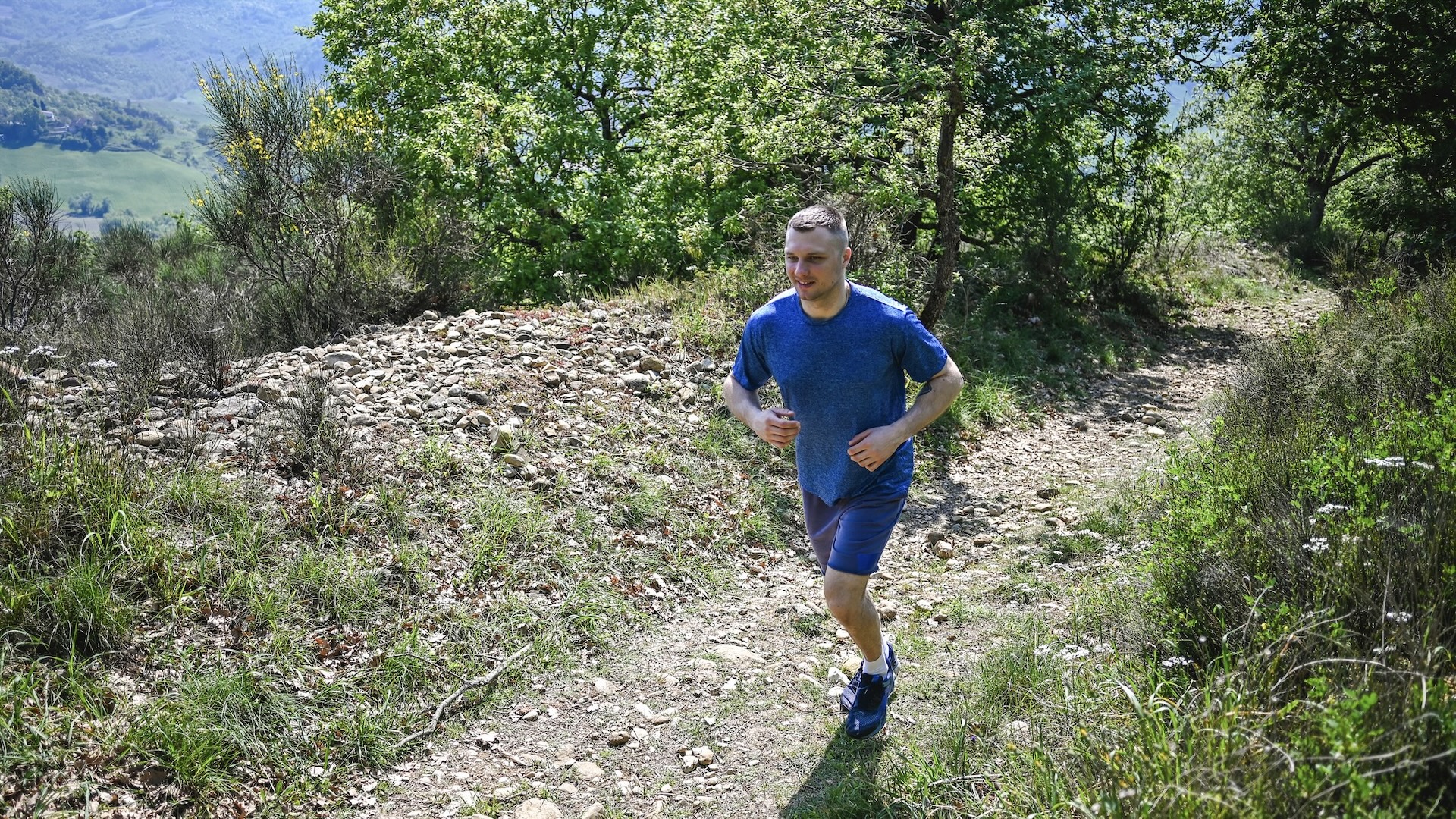
As runners, we love spending time outdoors, so it only makes sense that we want to take good care of the natural world – and that includes making our sport more eco-friendly. In the broader sense, the aim is to be more sustainable so that future generations can enjoy a cleaner, healthier and well-resourced world.
While running has a relatively low environmental impact, especially compared to other sports, there are a number of ways in which the associated activities, plus kit, can be detrimental to the planet.
Here, we reveal 12 of the easier ways to make your running more sustainable.
1. Buy fewer items of kit
The manufacture of running clothing, running shoes and other equipment (including running backpacks and running watches) causes damage to the environment in a number of ways. From the CO2 emitted during production of synthetic fabrics, to the tons of old shoes dumped in landfill, the sports equipment industry consumes vast amounts of resources and generates huge quantities of waste every year.
Then there are the carbon emissions created by transportation, including the raw materials to make the sports products, distribution to retailers and then to deliver items to customers if they order online, or for customers to reach the stores.
Buying items only when you really need them is key to making your running more sustainable.
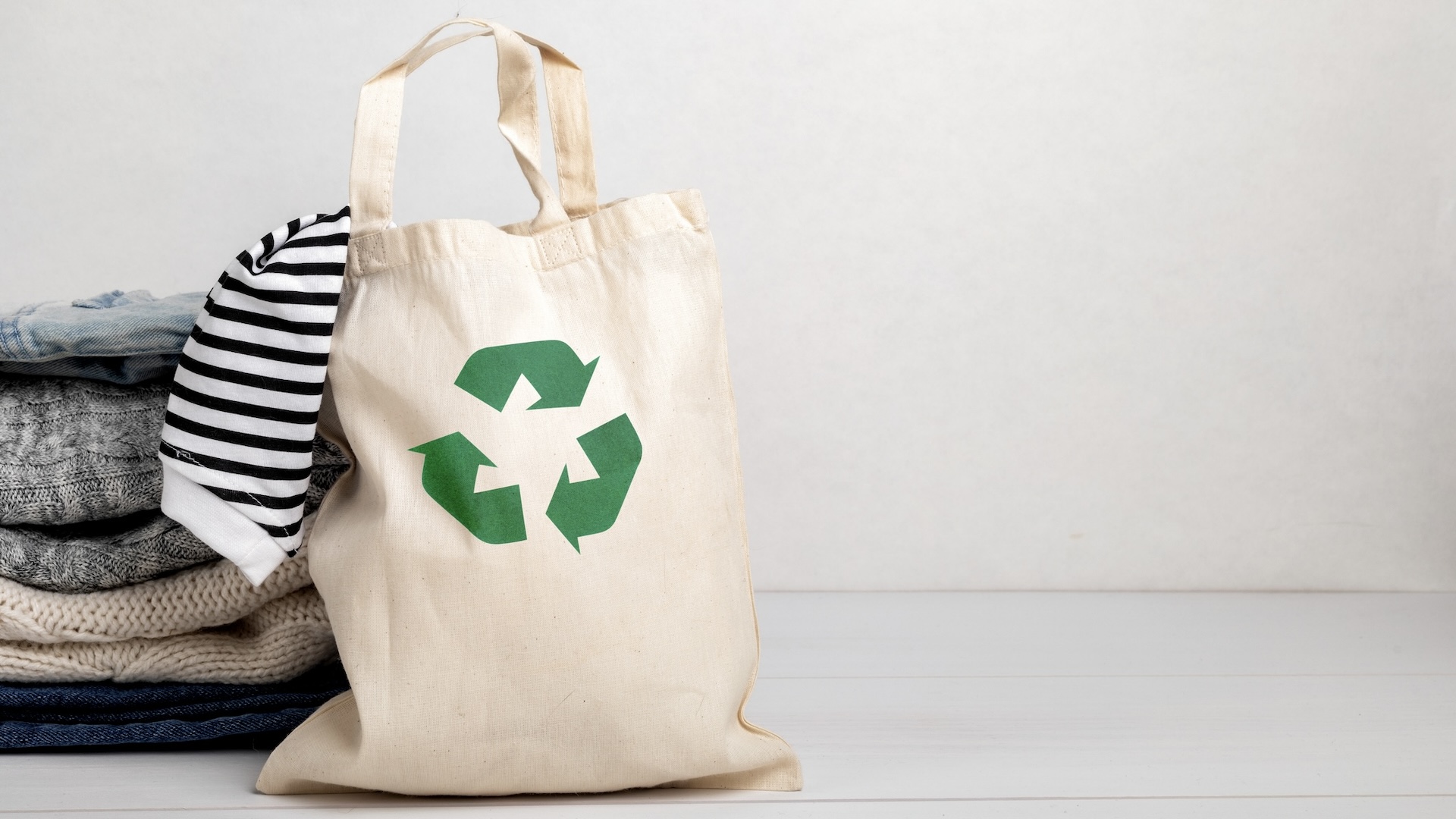
2. Buy second-hand
If you do feel you need new clothing, footwear and other running gear, try to buy second-hand or do an exchange with another runner. If you can use items that are still in good condition but unwanted by some else, you are reducing demand for new items and cutting the waste produced by someone throwing away kit that is still in good condition.
3. Swap, sell or recycle kit
If you have running products that aren't being used, rather than throwing them in the waste bin you should aim to sell them on, or exchange with another runner for an item you do need.
Landfill sites have been shown to have major environmental impacts and we can each reduce waste and do our bit for the planet by cutting our personal rubbish.
If the item is past its best for your purposes, there will still be people that will potentially benefit from the clothing or footwear. Seek out charities that collect worn running gear for redistribution.
Recycling sports kit is also another way to reduce waste.
4. Become a good borrower
There will be times as a runner that you only need an item of gear once, such as for a particular event or challenge. This might be a tent, a larger backpack, or a GPS watch with a long-lasting battery. Rather than opening your wallet, you could ask a friend who owns the items you need if you can borrow it as a one-off. Try to do the same for other people in return if you own running kit that you know others might find useful.
By sharing clothes and equipment, you reduce the environmental damage of manufacture as described above.

5. Take a look at the labels
If you do need a new item or product for running, make sure it is made in as environmentally way as possible. Look out for the best eco-friendly brands.
You will need to beware greenwashing, but being educated about what is greener and what is not will help you to choose products that are kinder on the planet.
For example, does the product include recycled fabrics or parts, or does the brand have some form of environmental certification, such as Bluesign, B Corporation, or Climate Neutral.
Also look out for PFC-free water-resistant treatments. PFCs (perfluorocarbons) have been shown to be potent greenhouse gases that contribute to the increased greenhouse gas effect. Increased greenhouse gas effect leads to an increase of the average temperature on earth and also to climate change and a sea level. Some PFCs can also cause harmful long-term effects on aquatic organisms.
Useful websites include Good On You and Ethical Consumer.
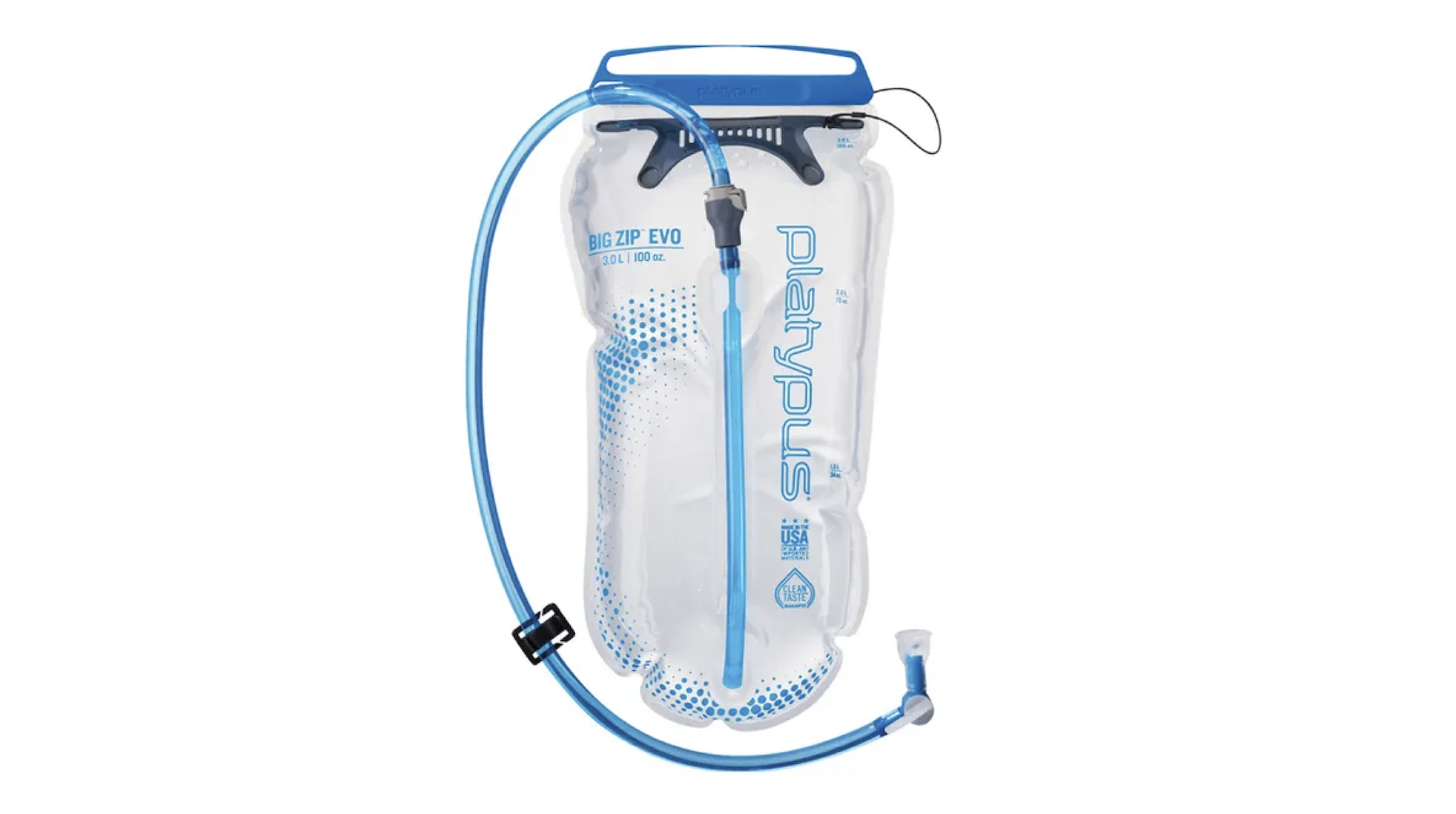
6. Reduce plastic waste
Reduce plastic use and waste, which contributes to climate damage and pollution, by using a hydration bladder or re-useable water bottle for running.
7. Wash less
We are not suggesting you should be a total soap dodger but it is better for the planet if you take a bath or shower less frequently, or employ the four-minute shower method.
The same goes for washing your running clothes. Up to 25% of each garment's carbon footprint comes from the way we wash and care for it, according to Fashion Revolution. Some types of fabrics, such as merino wool, are better at combating body odor, so they are a wise choice if you want to wash your clothes less often.
As well as reducing the frequency of washing your clothing, you should use eco-friendly detergents where possible. The same goes for washing and re-waterproofing outer layers.
Also set your washing machine or shower to a lower temperatures so you use less electricity to heat it. This will help the planet and save your fuel bills, too.

8. Travel less
Running as an activity that is low on carbon emissions but if you drive somewhere to go for a run, or fly by plane to take part in a race, your environmental impact grows enormously. An alternative is to car share where possible, or take public transport.
Better still, keep travel for running to a minimum and if you do plan to take part in a race, aim to make the trip part of an extended holiday, rather than flying overseas for a race and then flying again at a later date for a vacation.
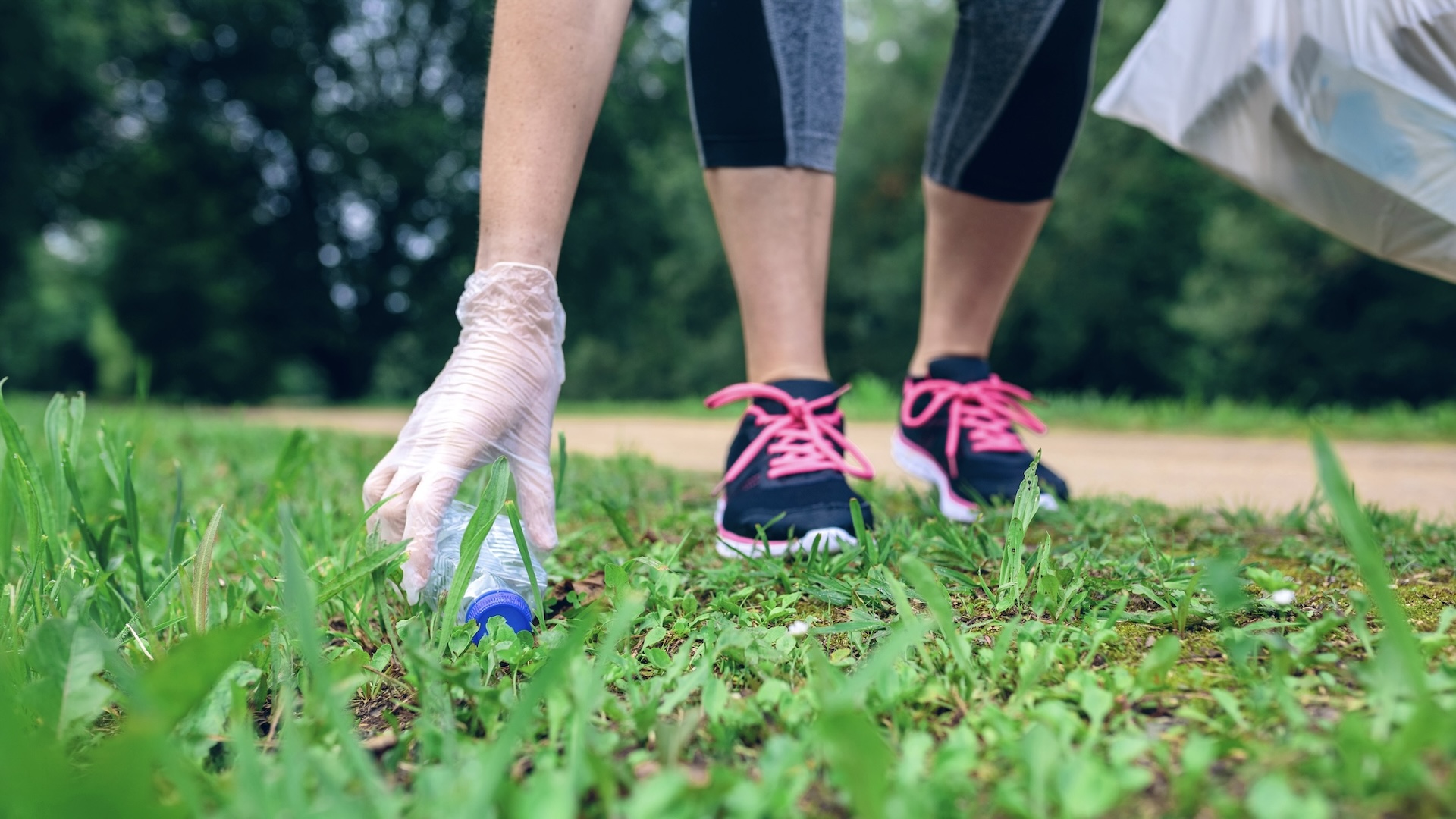
9. Care for nature
You should also consider the immediate impact of running on the environment. Don’t drop litter, stick to the trails where possible so you don't cause damage to natural environments in popular outdoor areas, and try not to disrupt wildlife.
Making a habit of picking up litter when you see it is another good nature caring tip.

10. Eat fewer animal based foods
There is a climate impact from almost all food production, but meat and dairy specifically accounts for around 14.5% of global greenhouse gas emissions, according to the UN’s Food and Agricultural Organisation.
Going vegan isn't for every runner, but if you want an easy way to make your running more sustainable, you could choose to eat less meat and dairy.
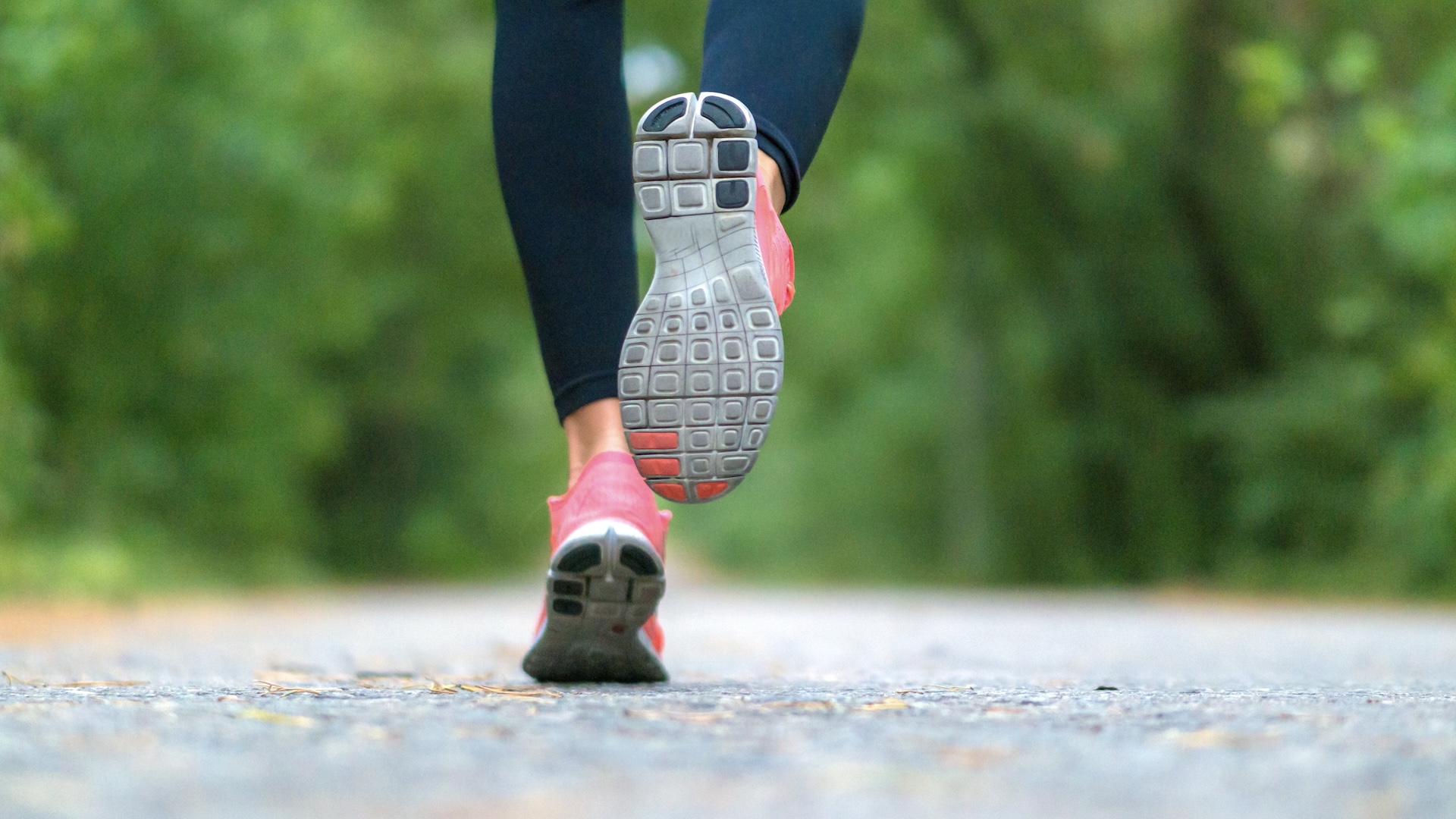
11. Join other greener runners
The Green Runners, founded by top ultra runners Damian Hall and Jasmin Paris, offers tips, ideas and resources on, well you guessed it, how to be a greener runner. One of their principles is to lead by example and doing, rather than preaching.
Hopefully, some of our 12 ideas will help you to think more sustainably as a runner.







